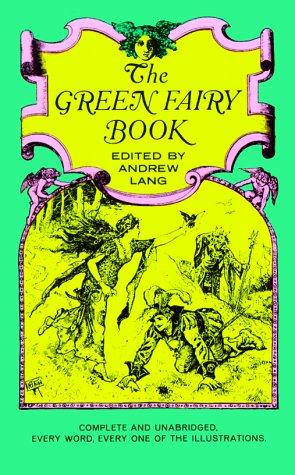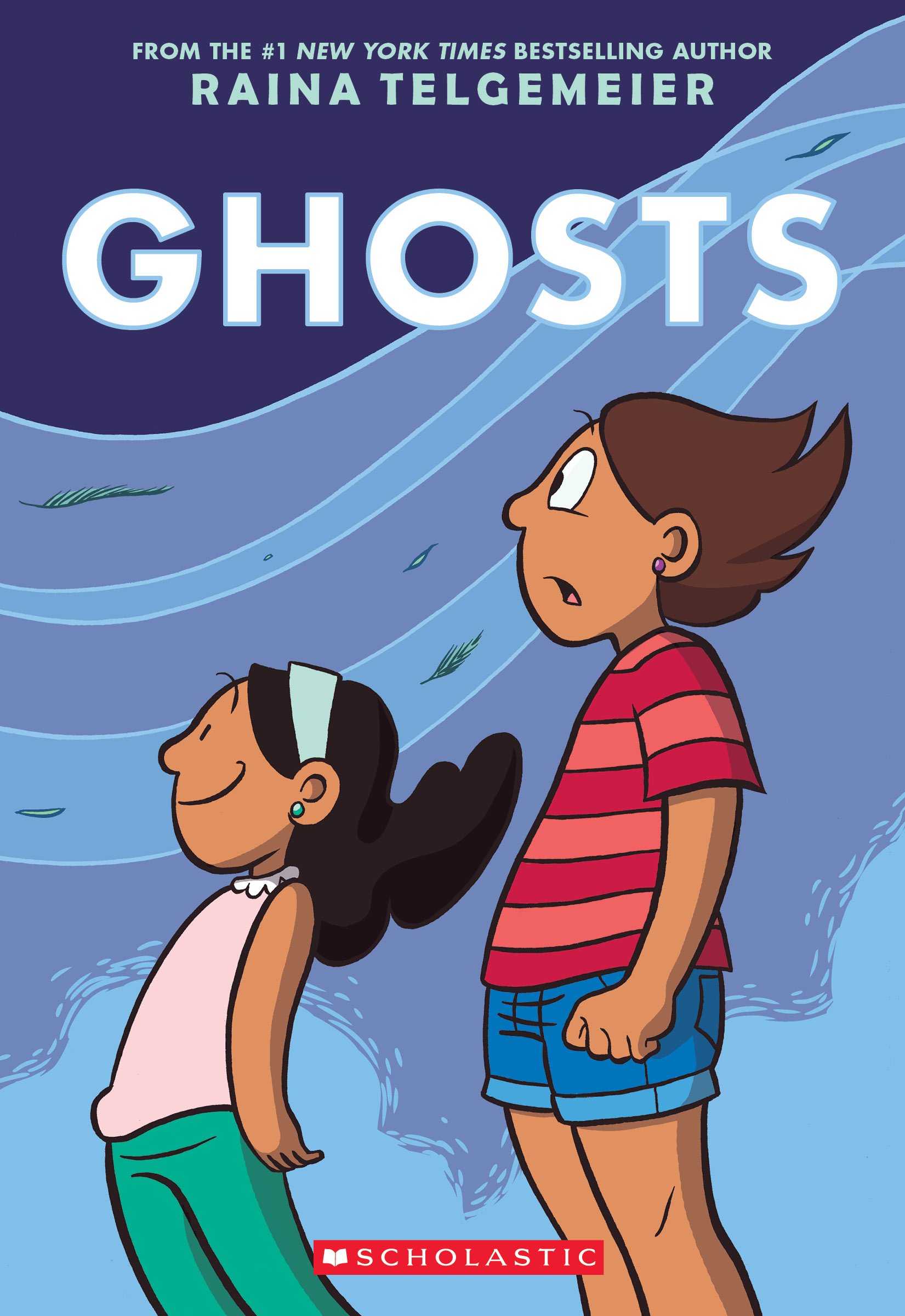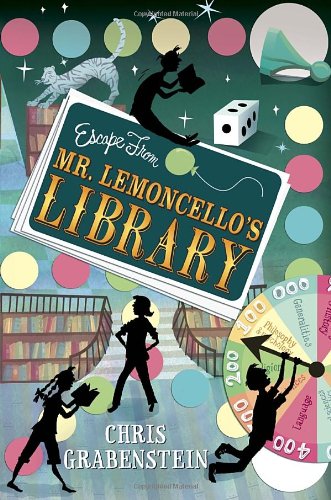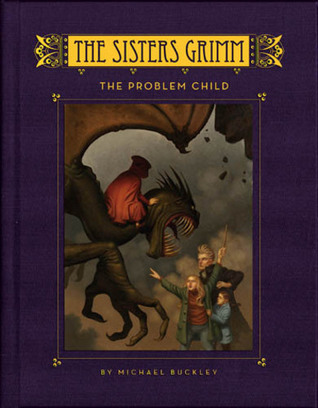In his preface to the friendly reader, Mr. Lang says that this 1892 book is the third and last of the Fairy Books of many colours. Obviously he was wrong about it being the last, as there ended up being twelve of them! If he thought he had exhausted the wellsprings of folklore and nursery tales with this book, in addition to the Blue and Red Fairy Book, he was far from correct!
In other respects, though, Mr. Langs preface is quite insightful. He explains, first, that fairy tales are older than writing, and have been passed down orally, from grannies to their grandchildren. He points out that some fairy tales have grown up into great works of literature, such as the adventures in Homers Odyssey. These fairy tales, says he, were first made by men who were childlike for their own amusement, so they amuse children still, and also grown-up people who have not forgotten how they once were children.
Mr. Lang also makes a wonderful case for the usefulness of fairy tales. I think you can extend this to include many other tales of fantasy. For not only do such stories amuse, but they also teach goodness. You see, in the tales, how the boy who is kind to beasts, and polite, and generous, and brave, always comes best through his trials, and no doubt these tales were meant to make their hearers kind, unselfish, courteous, and courageous. This is the moral of them. But, after all, we think more as we read them of the diversion than of the lesson.
And then there is Mr. Langs defense of the fairy tale against its critics. Actually, this part is so good that I feel a lengthier quote coming on….
…Having shared a few further thoughts, Mr. Lang concludes his remarks and plunges right into a book full of some of the greatest classics in fairy-tale lore, and I doubt that many of them have ever been told better. Besides, the 42 stories in this book are joined by no fewer than 100 gorgeous illustrations by Henry not the auto manufacturer Ford. I beg your leave, now, to give a brief overview of what delights this book has in store.
First, one need not read many books of fairy tales to discover that in them, things tend to come in threes. The titles of seven stories in this collection may give you an idea. First there is The Three Little Pigs, a version of the familiar tale that you may not have heard before, but a convincing candidate for the best version. In this one the sly fox tries to round up three young pigs who live in houses made of mud, cabbage, and bricks. Then there is The Story of the Three Bears, featuring no pretty Goldilocks, but a naughty old woman, in the story most likely to please the youngest hearers. In The Three Snake Leaves, a magical cure saves a young husband from the deadly designs of his wife. The Three Musicians take turns raiding a castle in which a wicked dwarf holds a beautiful hostage. And The Three Dogs come to the aid of their master in slaying a dragon and saving a princess, in a tale similar to Bearskin from Pyles Wonder Clock. Plus, lets not overlook the threesomes in Little One-eye, Little Two-eyes, and Little Three-eyes (in which an ordinary-looking girl, despised by her mother and her two bizarre-looking sisters, is saved by a wise woman, a magical goat, and a tree that bears golden apples), and Spindle, Shuttle, and Needle (in which a prince declares that he will marry only she who is at once the poorest and the richest).
Second, romantic pairings are a frequent theme in fairy tales, whether they are told fromhis point of view or from hers. Seven tales in this collection are named after the romantic leads, though they are by no means the only ones in which the ups and downs of romantic love are explored. Sylvain and Jocosa make a toilsome journey to be reunited after a fairys punishment separates them; the fairy then relates The Yellow Bird, a tale within the tale, with the cautionary moral that blessings can be curses in disguise. In Prince Narcissus and the Princess Potentilla, based on the French tale of lovers named Romarin and Pimprenella, a villainous enchanter nearly steals the show, as well as the hand of the princess. Prince Featherhead and the Princess Celandine, whose original French names were Muguet and Zaza, get a hard education from the fairies before they are fit to get married, for he is fickle and she is conceited. In the German tale of Prince Fickle and Fair Helena, a girl favored by a fairy overcomes her hateful stepmother, then twice wins the heart of a faithless prince. Prince Vivien and the Princess Placida, known in French as Papillon and Nonchalante, also learn a stern lesson from the fairies before they fall in love with each other, for he is by nature impatient, she lazy and indifferent. Jorinde and Joringel overcome a wicked enchantress who turns men into stone and women into birds. And finally, The Story of the Fisherman and his Wife is really not a romance at all, but a menacing little morality tale about a husband who spares the life of a magical fish, and the wife whose insatiable ambition forces the husband to ask the fish for more and more. Just try to picture the scene in which the fisherman says, Wife, are you pope now? Priceless!
Third, the chief thing in many fairy tales is described as either golden or enchanted. Take for instance The Enchanted Watch, a young man discovers that a magic watch can bring him nearly anything he wishes for, but it cannot bring him any more faithful companions than his cat and dog. In The Enchanted Ring, a good young man learns, partly by the example of his wicked brother, how dangerous it is to have more power than the rest of the world. The Golden Blackbird, which is similar to Pyles The White Bird, has the youngest of three princes succeeding in the task their father set them, while the older two do nothing but try to grab the glory from him. In The Enchanted Snake, a serpent raised by a childless couple wins the hand of a fair princess and turns out to be an enchanted prince; but after all, the princess is the hero of the story, for it is she who must save the life and win the hand of her prince. The Golden Lads is much the same tale as The Knights of the Fish in The Brown Fairy Book. And The Golden Mermaid, similar to The Golden Blackbird, is about another youngest-of-three-princes who risks many things to bring home a golden bird, a golden horse, and a golden mermaidbut his greatest danger lies in the hearts of his brothers.
Fourth, it wont take you long to notice the importance of birds and other animals in fairy lore. This collection opens with the excellent tale of The Blue Bird, in which a jealous stepmother, an ugly stepsister, and a wicked fairy do everything in their power to prevent King Charming from falling in love with the Princess Fiordelisa. The humorous Spanish fable of The Half-Chick explains how a poultry-shaped weathervane came to be on top of Madrids greatest church. The Story of Caliph Stork is the delicious story of a ruler of Baghdad and his vizier who not only survive being changed into storks, but also defeat a wicked magician and save a beautiful princess. The Magic Swan enables a poor youth to win the heart and the hand of a princess, by making her laugh for the first time in her life. Besides these bird-oriented tales, there is Puddocky, about a beautiful girl who is changed into a toad (a.k.a. puddock); Allerleirauh; or, the Many-furred Creature, about a runaway princess who disguises herself as a kitchen drudge in a cloak made of the skins of a thousand different animals; Jack my Hedgehog, about a man cursed to look like a hedgehog from the waist up, who wins the hand of a princess; The White Snake, in which his ability to understand the language of beasts enables a young man to marry a princess; and The War of the Wolf and the Fox, in which an old dog and an old cat prove their worth to a master who had made up his mind to destroy them.
Fifth, a number of the title characters in this collection are known by their trade. The Story of the Clever Tailor tells the story of a fiddle-playing tradesman who answers a princesss riddle, outwits a hungry bear, and becomes a bridegroom. The Twelve Huntsmen are actually a princess and her ladies-in-waiting, who disguise themselves as men in order to remind a forgetful young king of his promise. King Kojata proves to be only the father of the hero in this Russian story. Prince Milan wins the hand of the beautiful Hiacinthia by achieving three impossible tasks set by her ogre fatherprovided, of course, with help from Hiacinthia! The Dirty Shepherdess is another princess in disguise who wins a princes heart, but this one also teaches her King-Lear-like father a lesson in being too judgmental about his daughters way of expressing love. The Biter Bit refers to three rogues who are outwitted by an old miser named Simon, in a story similar to Pyles Master Jacob. And The Little Soldier is another familiar story about a clever young man who, with the aid of a magical purse, mantle, and plums, avenges himself on an unscrupulous princess who reneged on her promise to him.
What is left? Fairy Gifts is that rare magical story (like Ella Enchanted) that describes the undesirable side-effects of some of the most popular fairy gifts. In the magnificent storyHeart of Ice, the minuscule Prince Mannikin overcomes a disadvantage of size and a ridiculous name to win the heart of a heartless princess. In this he is aided by the friendship of a king who, along with all his subjects, has been turned into a spaniel. In The Snuff-box, like The Little Soldier, a young fortune-seeker travels to the ends of the earth to avenge himself on a royal family that has stolen a wish-granting object from him.The Crystal Coffin tells of another tailor, who rescues an entire kingdom from an evil enchantment. In The Riddle, a princess who has sworn to marry anyone who can pose her a riddle that she cannot answer, finds herself cornered by a clever prince. Rosanellais a princess who, with the aid of fairies, teaches a fickle prince to be faithful. And finally, The Story of Hok Lee and the Dwarfs is a Chinese story of how a mans double lifetradesman by day, thief by nightis turned on its ear by a disease that can only be cured if he dances for the fairies of the wood under the full moon.




